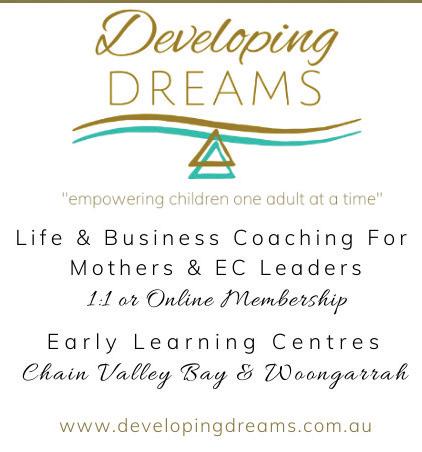
3 minute read
5 steps to stop indecision for good
5 Steps To Stop Indecision… FOR GOOD BY CATHERINE SCHASSER
Gone are the days of only cows milk, juice or water to drink, a baked dinner on Sunday and extra–curricular activities that equal playing in the street. Today we’re blessed with options of milks (anyone for almond, soy, coconut, rice, oat or lactose free?), snacks, shops, ways to connect, a zillion activities for children to undertake and so much more.
From apps to oils, television shows to characters on children’s clothing, choices are available at every turn. But is the impact of these choices more than just financial? The research says yes, and it’s called Decision Fatigue.
Medicinal News Today describes decision fatigue as “the idea that after making many decisions, a person’s ability to make additional decisions becomes worse. The psychological effects of decision fatigue can vary, potentially leading to difficulty in making right decisions, impulse buying, or other avoidance behaviours.”
If you rate yourself between 1–10, one meaning you experience severe decision fatigue to ten, feeling confident to make efficient and effective decisions, what would your number be? If you rated yourself a seven or above in decision making, you can stop reading now. If however, you struggle with decision making I offer the following five tips to bring clarity and confidence to your life. Recently a coaching client shared she’d been agonizing over a decision for months. We talked through her scenario using these strategies as a guide, and in 15 minutes, she’d come to a decision about a topic that had previously seemed impossible to make. Let’s start:
1. 1. .
1. What area of life is this decision related to? For instance, is it family, finances, health, career, goals or something else? Gaining clarity over the most impacting area this problem relates to will help you remain focussed on what’s relevant to the issue and your decision making.
2. Brain dump ALL the thoughts you have related to this decision. The good, the bad, the strange and the seemingly unimportant. It all matters. Set a timer and keep writing until you’ve jotted down EVERY possible idea, issue or scenario you can think of.
3. Determine your values, that is, what REALLY matters to you about this decision. Be aware, your default values might be influenced from your childhood, society or your current ‘tribe’ (think friends, family or colleagues). To make a decision – even if it’s not the ‘right’ decision – you must gain clarity over what matters to you in this situation.
4. In contrast to the previous point, do you need to consider anyone else with regard to this decision? Why or why not? For instance, is this a decision that will impact your family or workplace? Will you require support from others? If these factors are not already stated in your brain dump, add them now.
5. Explore your personal thoughts about a ‘right’ decision compared to a ‘wrong’ decision. Coaching 101 is the understanding that your thoughts create your feelings. If you are putting a large and negative perception on making the ‘wrong’ decision, this will prevent you making any choice at all.
Through these 5 steps, you’ve explored your thoughts. Now it’s time to make your thoughts work FOR you, not against you. Examples of this could be:
Catherine Schasser is a qualified as an Early Childhood Teacher, Life Coach & NLP practitioner, Catherine uses her skills, passions and experience to empower others. Catherine is co–owner of Developing Dreams, an award–winning company helping mothers and early childhood leaders maintain their mindset and create a life they dream of. “There are no wrong decisions, only feedback.” “Making any decision is better than continued procrastination.” “I have the ability, free will and choice to change my mind if something doesn’t work.” “I am resourceful, thoughtful and capable. I will be ok no matter what.” “I trust myself.” “I’m supported.”
Finally, your indecision is in fact, a decision in itself. It is a decision not to choose. This back and forth of pros and cons, what ifs and second–guessing, is causing more anxiety and fatigue than making a decision and monitoring the result for feedback. In short, choose something. Anything.
The more aligned you are to your life values, the easier decision making becomes (see step 3 above). Practice decision making with simple choices everyday to increase your decision–making muscle which in turn will reinforce your confidence, increase self–trust, develop competence, decrease fatigue and model effective decision–making to those you care about.
“Enjoy the right choices. Trust the wrong choices. Stay grateful for both.”
The best decision you’ll make is the choice to trust yourself.





